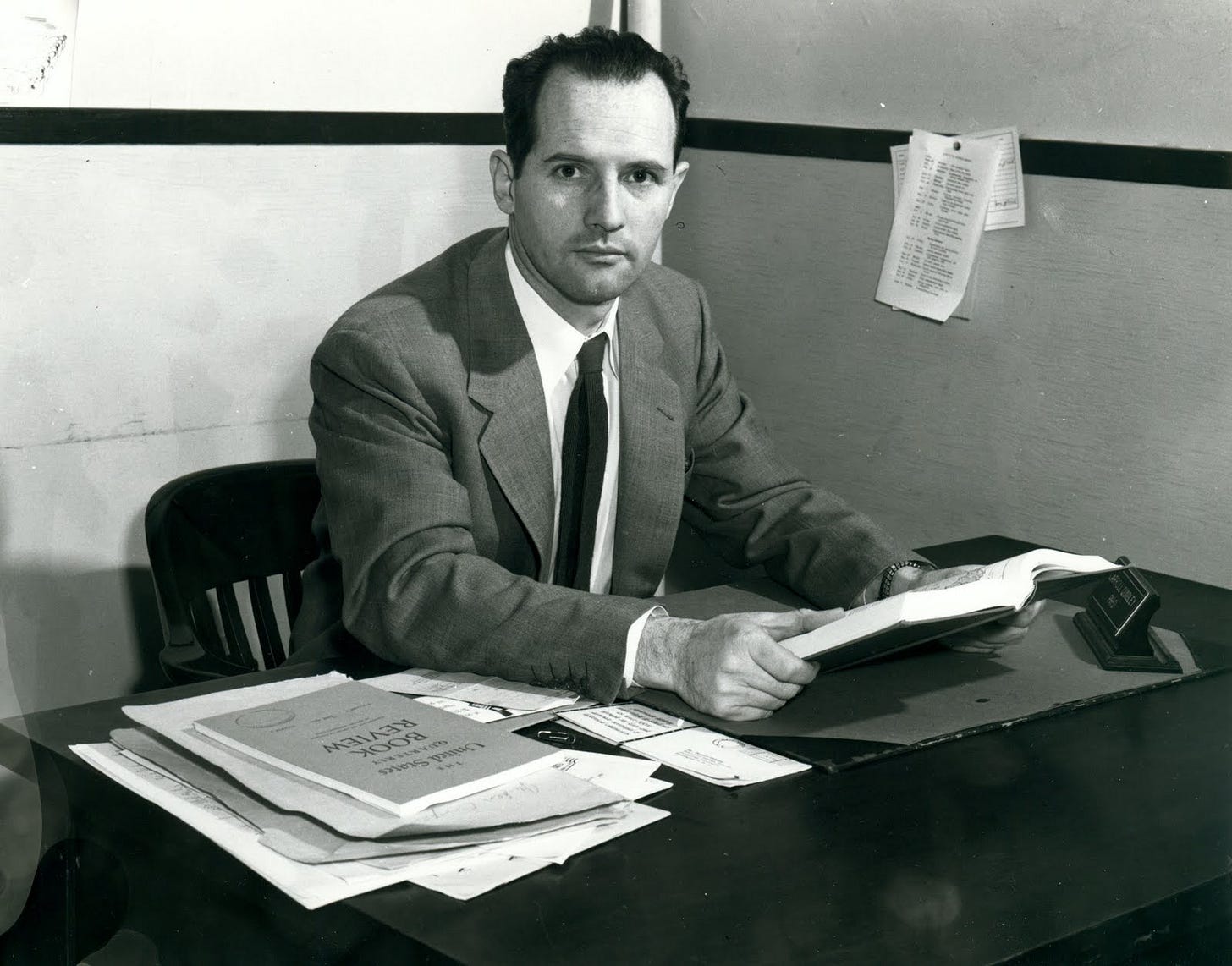Tragedy and Hope: Carroll Quigley and the Secret History of Elite Power
Have you ever looked at the world and wondered who’s really pulling the strings? Do you get the nagging feeling that history isn’t just a random series of events, but a carefully orchestrated play? If so, you’re not alone. For decades, scholars and thinkers have grappled with the question of power, influence, and the unseen forces that shape our lives. And one name consistently surfaces in these conversations: Carroll Quigley. His monumental work, Tragedy and Hope: A History of the World in Our Time, offers a chilling, yet compelling, perspective on the hidden architecture of global power. It's a book that, once read, fundamentally alters your perception of reality.
The Historian and His Revelations
Carroll Quigley wasn't a fringe theorist; he was a highly respected history professor at Georgetown University. He wasn't peddling outlandish claims; he was presenting meticulously researched evidence. His book, published in 1966, provides a detailed account of what he called an “international Anglophile network,” a transnational group of elites, primarily British and American, who, according to Quigley, exerted significant influence over global events. This network, as documented in Tragedy and Hope, spanned finance, media, academia, and government.
But why all the secrecy? And what was their ultimate goal? Quigley argues that the initial intent was noble: to bring about global peace and stability, particularly in the aftermath of the devastating world wars. However, he also highlights the problematic methods employed, namely, secrecy and manipulation. This raises a critical question: Can good intentions justify covert actions? This is the core of the book's tension, and a question we'll delve into further.
The Scope of the Network
Quigley's research, which included access to the private records of organizations like the Council on Foreign Relations (CFR), revealed a complex web of influence. This network, he argued, operated in subtle yet powerful ways. Think about it: how do you truly shape the world? Not by overt force, but by controlling the flow of information, the levers of finance, and the education of future leaders. This, according to Quigley, was the game plan.
Consider the breadth of this network's reach. It wasn't just about politicians and diplomats. It involved:
Major financial institutions, influencing economic policy.
Prominent media outlets, shaping public opinion.
Elite educational institutions, training future leaders.
Government agencies, implementing policies.
Could such a wide-ranging network truly exist without us noticing? And if so, what does that say about the nature of power in the modern world?
The Tools of Influence: Finance, Media, and Education
The power of this network, as Quigley outlines, relied on specific tools. Finance was a key instrument, allowing for the control of resources and the orchestration of economic events. Media played a crucial role in shaping narratives and influencing public perception. And education, particularly within elite institutions, was the means by which future leaders were trained and socialized into the network's worldview. Quigley understood the significance of these tools.
“The powers of financial capitalism had another far-reaching aim, nothing less than to create a world system of financial control in private hands able to dominate the political system of each country and the economy of the world as a whole.” – Carroll Quigley, Tragedy and Hope
This is a stark statement. It’s a claim that speaks volumes about the possible motivations of these actors. Could they have successfully shaped global events to their liking?
Is It a Conspiracy?
This is where the waters get murky. Quigley’s work is often misinterpreted, and sometimes unfairly dismissed, as promoting “conspiracy theories.” But he wasn't simply weaving fantastical tales. He was presenting documented evidence, meticulously researched and presented, of a network of influence. His book, while complex, is hardly a collection of outlandish claims. However, the idea of powerful, unelected groups subtly shaping world events naturally leads to that loaded C-word: conspiracy.
But, are we dealing with an elaborate conspiracy or a coordinated effort to achieve specific goals? The distinction is crucial. Quigley meticulously examined the operations and their aims. What do you think?
To understand more about the topic, watch this video:
The Legacy of Tragedy and Hope
Despite its length and complexity, Tragedy and Hope remains a vital text for anyone seeking to understand the intricacies of power. It challenges us to think critically about the world around us, to question the narratives we’re fed, and to consider the possibility that events are not always what they seem. Quigley’s work encourages us to delve deeper, to look beyond the headlines, and to examine the underlying forces that shape our reality.
Unlock deeper insights with a 10% discount on the annual plan.
Support thoughtful analysis and join a growing community of readers committed to understanding the world through philosophy and reason.
A Call for Critical Thinking
Carroll Quigley's Tragedy and Hope isn't easy reading. It’s a challenging, often dense, book that demands time and focus. However, the rewards are immense. It offers a unique lens through which to view modern history and contemporary events. It pushes us to consider:
The role of elites in shaping global policy.
The influence of finance, media, and education.
The potential for secrecy and manipulation.
Ultimately, Quigley's work is a call for critical thinking. It encourages us to question, to investigate, and to never accept anything at face value. It's a reminder that the forces that shape our world are often complex, hidden, and deeply consequential. It's a book that will stay with you long after you finish reading it, prompting you to reconsider everything you thought you knew. And, as the world continues to evolve, Tragedy and Hope remains a powerful and essential guide for anyone seeking to understand the deeper forces shaping our world.



